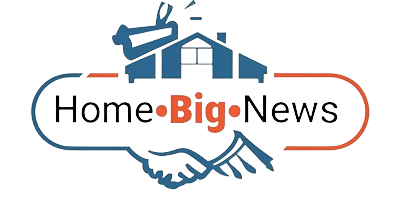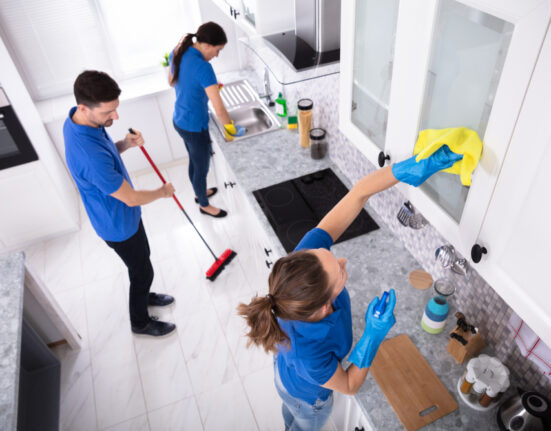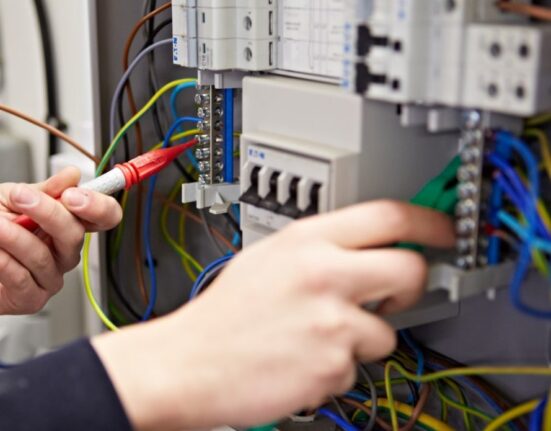Regular roof maintenance is crucial for extending the lifespan of your roof and ensuring its long-term durability. This includes routine inspections, cleaning, and timely repairs to prevent minor issues from becoming major problems.
Importance of Routine Inspections
Regular inspections help identify potential issues such as loose shingles, leaks, and accumulated debris. Early detection of these problems can prevent costly repairs and extend the roof’s life. A comprehensive inspection should be done at least twice a year, ideally in the spring and fall. During these inspections, homeowners or professionals should look for signs of wear and tear, such as cracked or missing shingles, rust spots on flashing, and moss or algae growth.
Cleaning and Debris Removal
Keeping the roof clean and free from debris, such as leaves and branches, prevents water accumulation and potential damage. Cleaning the gutters and downspouts is equally important to ensure proper water drainage. Clogged gutters can lead to water pooling on the roof, which can cause leaks and structural damage over time. Regular cleaning also helps to prevent the growth of moss and algae, which can degrade roofing materials and lead to further problems.
Timely Repairs
Addressing minor issues promptly, such as replacing damaged shingles or sealing small leaks, can prevent larger, more expensive problems. Regular maintenance helps maintain the structural integrity of the roof. Ignoring small repairs can lead to water damage, mold growth, and even structural damage to the home. By taking care of these issues early, homeowners can avoid costly repairs and extend the lifespan of their roofs.
Benefits of Quality Roofing Materials
Using high-quality materials like roofing felt can significantly enhance the roof’s durability and performance. Roofing felt provides an extra layer of protection against water and weather damage, contributing to the overall longevity of the roof. Investing in high-quality materials upfront can save homeowners money in the long run by reducing the need for frequent repairs and replacements.
Cost Benefits of Preventative Maintenance
Investing in regular maintenance can save homeowners money in the long run by avoiding major repairs and premature roof replacements. Preventative maintenance is a cost-effective strategy to ensure the roof remains in good condition. Regular maintenance can also help homeowners identify potential problems early, which can be addressed before they become more serious and expensive to fix.
Impact on Energy Efficiency
A well-maintained roof contributes to better insulation and energy efficiency in the home. Properly sealed and insulated roofs reduce energy costs by maintaining stable indoor temperatures and reducing the load on heating and cooling systems. By ensuring that the roof is in good condition, homeowners can improve the energy efficiency of their homes and reduce their carbon footprint.
Professional Maintenance Services
Hiring professional roof maintenance services ensures thorough inspections and expert repairs. Professionals have the knowledge and tools to identify and fix issues that may not be visible to the untrained eye, ensuring comprehensive care for your roof. Professional services can also provide homeowners with peace of mind, knowing that their roof is being properly maintained and cared for.
Long-Term Benefits of Regular Maintenance
Regular roof maintenance not only extends the lifespan of the roof but also enhances the overall value of the property. A well-maintained roof is a key selling point for potential buyers and can increase the resale value of the home. Additionally, regular maintenance can prevent unexpected and costly repairs, providing homeowners with financial stability and peace of mind.
Seasonal Maintenance Tips
Different seasons pose different challenges for roof maintenance. In the winter, homeowners should check for ice dams and ensure that snow is properly removed to prevent damage. In the summer, it is important to check for signs of heat damage and ensure that the roof is properly ventilated to prevent overheating. By adjusting maintenance routines to address seasonal challenges, homeowners can ensure that their roofs remain in good condition year-round.
DIY vs. Professional Maintenance
While some maintenance tasks can be done by homeowners, such as cleaning gutters and inspecting for visible damage, other tasks are best left to professionals. Professional roofers have the experience and equipment needed to safely and effectively maintain the roof. Homeowners should weigh the costs and benefits of DIY vs. professional maintenance to determine the best approach for their needs.














